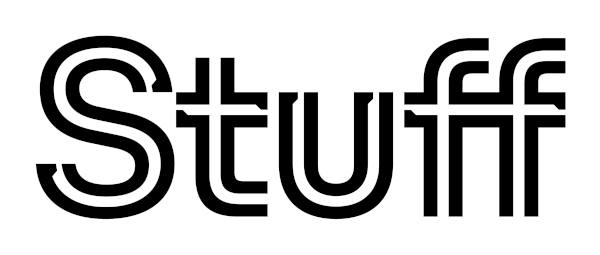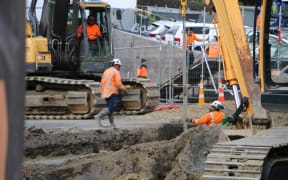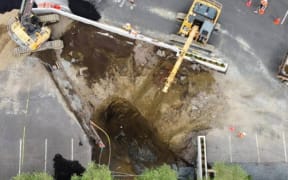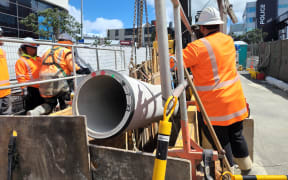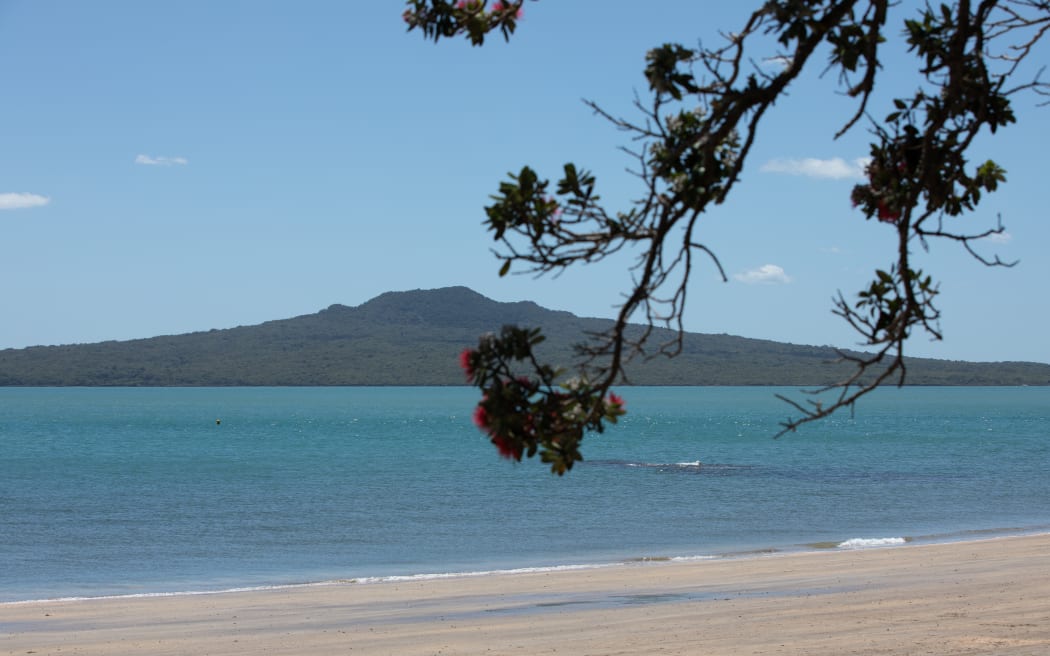
A view of Rangitoto from Auckland's shore. Photo: RNZ / Dan Cook
It's Labour Weekend, a time when some Aucklanders traditionally take to the water for their first dip of the season.
But with the recent collapse of a sewer and the daily outpouring of an estimated 13m litres of wastewater into the Waitematā Harbour, is it safe for Aucklanders to make a splash this long weekend?
Nick Vigar is head of planning for Healthy Waters, the Auckland Council department that oversees the Safeswim website where Aucklanders are directed for updates on water quality at their local beaches.
"If you see a green pin on Safeswim, that means we're confident that there are no issues there," Vigar told Stuff heading into the long weekend.
"If you see a black pin, the matter is a little more complex."
Vigar said Healthy Waters has been monitoring water quality since the 2.1 metre-diameter brick sewer collapsed in late September and water safety limits have been exceeded at times.
"It's been really high where it's discarding directly into the harbour, but that's not been reaching beaches."
On Friday, there were black pins across most of the Waitematā Harbour which meant there was not the certainty to give the all clear, and the black pins coincide with a rāhui, Vigar said.
The rāhui was put in place across the Waitematā by Ngāti Whātua Ōrākei to address the environmental impacts of the sewer collapse, he said.
"When you see a green pin on Safeswim, it means we've got good evidence that the water quality is fine. We tend to err on the side of caution."
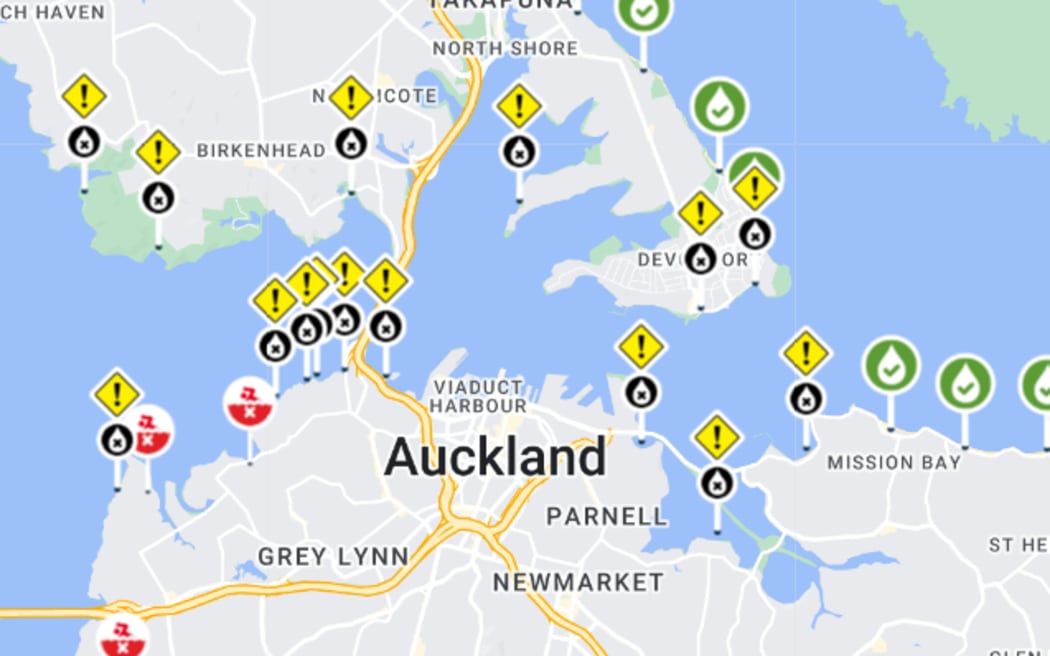
A screenshot of the Safeswim website on the evening of 20 October, 2023, showing where it is and isn't safe to swim in Auckland. Photo: Safeswim website
Public health advice is also to check the Safeswim website before heading onto the water for recreational activities, Te Whatu Ora National Public Health Northern region medical officer of health, David Sinclair said.
"Public health advice on avoiding shellfish collection around the whole harbour still remains, and people should not collect shellfish until four weeks after the discharge event has ended," Sinclair said.
On Tuesday, Watercare announced that a wastewater bypass was in place to significantly reduce overflows into the Waitematā Harbour after a massive 20-day effort to get it planned and built in record time.
Watercare chief operations officer Mark Bourne said the bypass was running smoothly and by Friday morning wastewater overflows at Mechanics Bay and at the western end of Wynyard Basin had stopped.
"If there is rain over the weekend, there is a chance of overflows of combined wastewater and stormwater into the Waitematā Harbour, because some of the catchments that feed into the Ōrākei Main Sewer are combined wastewater/stormwater networks," Bourne said.
Overflows from combined networks were commonplace in wet weather, but would be more frequent than normal until wastewater was flowing through the Ōrākei Main Sewer again, he said.
The temporary pump station could handle flows up to 600 litres per second, but was more susceptible to blockages than standard network pumps, Bourne said.
It was more important than ever for people to only flush the 3Ps - pee, poo and toilet paper - and no wet wipes or other rubbish, he said.
- This story originally appeared on Stuff.
